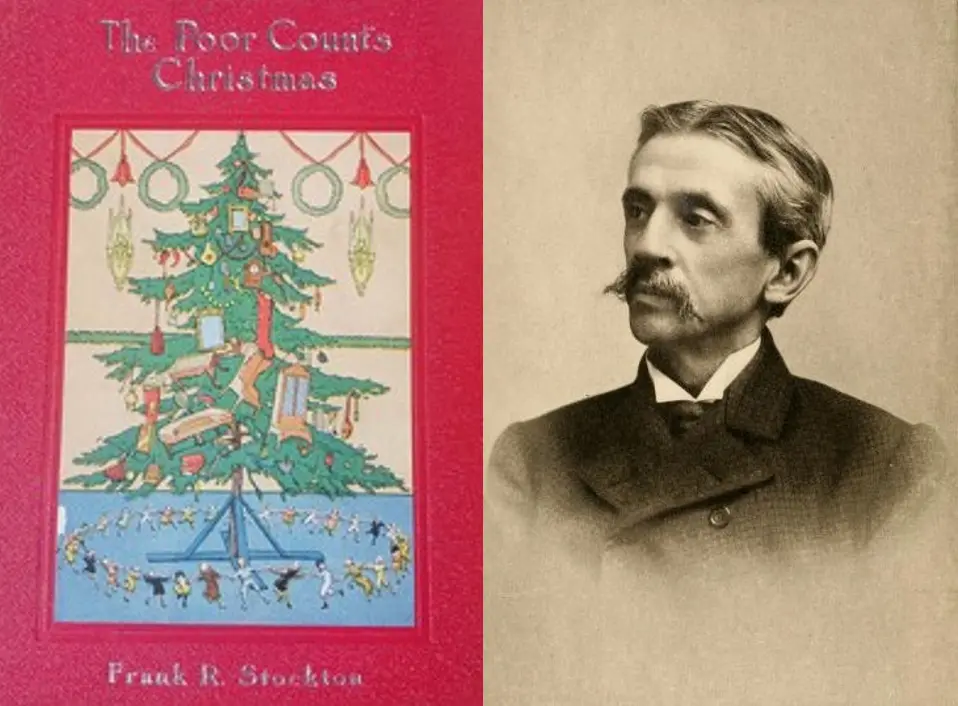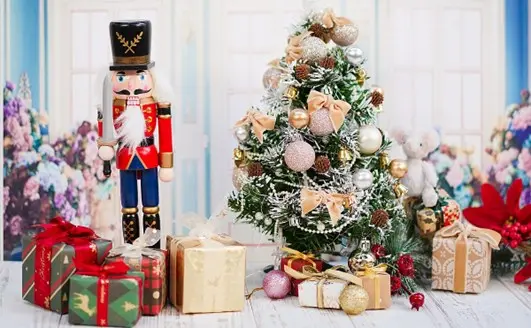Many of us, when we see dandelions, see them as simply weeds. Yet the dandelion is one of the first hopeful signs of spring and one of the most persevering and resilient plants ever. This plant grows almost anywhere. Even in the most desolate places, this little plant seems to grow and flourish.
O. Henry conveys the springtime promise of the dandelion in his short story “Springtime a la Carte.” He tells of a young woman, Sarah, who learns that through life’s bitter moments, she must embrace and adopt the hope that spring brings.






